Opinion from Jen Seyderhelm and Peter Saxon.
Did you know that Neil Young is technically a one hit wonder in Australia?
I’m going to presume that the bulk of you would be surprised at this, rather than one of the millions who’ve been asking Google who he is. He is, despite asking not to be, still available on Spotify in Australia, as is the catalogue of Crosby, Stills, Nash and Young, the supergroup he was a part of. So too is most of Joni Mitchell’s music, including every Classic Hits station’s favourite song to time out to, Big Yellow Taxi.
You see, Neil Young, who truly has a Heart of Gold when it comes to getting vaccinated, is miffed about podcaster Joe Rogan who has about 11 million listeners per episode (up to four a week) spreading “fake information about vaccines” on his show.
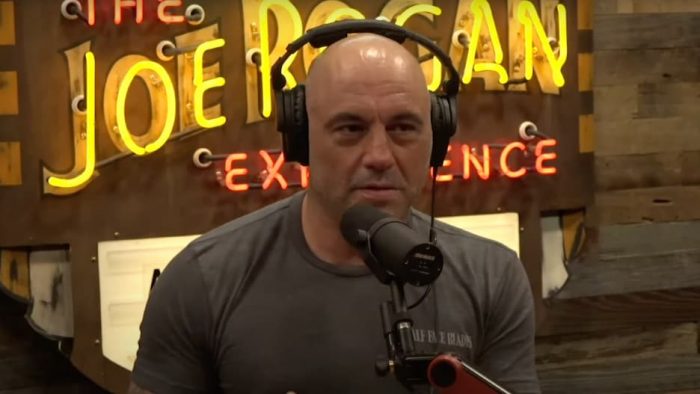
“I want you to let Spotify know immediately TODAY that I want all my music off their platform,” Young instructed his lawyers, “They can have Rogan or Young. Not both.”
Spotify chose Rogan, who they’d signed to a US$100 million contract, yet is far more profitable to them as standalone content than a giant music catalogue which drains around 70 per cent of the company’s revenue in royalties.
On the other hand, Young’s demands to take his songs off Spotify, or anywhere else, are not as easy to execute as he thinks because he’d sold 50% of his publishing rights to Hipgnosis a year ago. So perhaps that’s one reason why I can still listen to Heart of Gold on repeat. When I do search for that song it comes from the soundtrack to Eat Pray Love, who would have paid Mr Young to have the rights to it for the film and soundtrack.
So really, Neil Young, and Joni Mitchell, who has also pulled her catalogue in solidarity, and any other significant artist that sells their catalogue to a third party can’t really remove themselves from Spotify entirely.
Brené Brown might be able to though.

For those unfamiliar with Brown, off the back of a hugely successful 2010 TED talk, this American research professor now has six best selling books and hosts two weekly podcasts, Unlocking Us and Dare to Lead, both of which are Spotify exclusives and are created by the also Spotify owned Parcast Studios.
She too made the decision in the last 24 hours to remove her podcasts from the platform.
Again, I can still currently access them on Spotify. Considering how deeply she has committed all her eggs into one basket (she has curated Spotify music playlists and a Netflix special) her decision to withdraw is the one I think will have the broadest implications. It’s now podcast against podcast, rather than music catalogue against podcast.
We have seen via Taylor Swift what happens when someone else owns your music assets. This week it was announced that Bob Dylan has sold his catalogue to Sony Music Entertainment for around $200 million. I’d feel confident that Dylan, aged 80, went through that contract with a fine-tooth comb to ensure the integrity of his many, many recordings remain intact.
But there will always be loopholes and unforeseen twists to any decision to sit, sell or stop altogether.
There are several ways this Young vs Spotify battle will play out and the outcome could affect us all.
My first thought is that due to independent podcasts still being mostly unregulated this will be a line in the sand moment. Like with what is deemed offensive material on Facebook or Twitter, non-conforming episodes will simply be removed and this exceptional tool for initiating difficult conversations and controversial topics will be reined in and sanitised.
Spotify says that it has detailed content policies in place and has removed over 20,000 podcast episodes related to the COVID virus. Perhaps they will simply remove the troublesome Joe Rogan episodes like they have selectively with Joni Mitchell’s catalogue. Covid isn’t Rogan’s only topic of conversation and he has shown willingness to bring on guests who may refute his point of view.
If Spotify does vet The Joe Rogan Experience then I wouldn’t be surprised if Rogan releases subscriber “exclusive” episodes. I wonder if he and Spotify included such an outcome in their contract? Imagine Neil Young paying to see if Rogan is still talking about Covid! Alternatively, Rogan may choose a new home for his podcast, and his approximately 10 million followers might join him there.
Currently Anchor, Spotify’s main podcast hosting service, is free. I’m using it personally and we’re using it for our radio podcasts too. I pay for a premium Spotify account (about $15 a month). I recommend students and organisations I work with to use Anchor when initiating their own podcasts. With one proviso. I fully expect Anchor to initiate a paid component soon.
A couple of years ago the same thing happened with Whooshkaa. They suddenly increased the cost of their platform plans forcing podcasters, and radio stations, to look elsewhere for a better deal. Many were unable to take their accumulated data and stats with them.
Whooshkaa, which is Australian based, has just been purchased by Spotify. They clearly don’t think podcasts are losing momentum.
I think the resolution of this is that we’ll see Spotify split into separate entities. There’ll be Spotify Music, Spotify Podcasts and eventually Spotify Film, TV & Games. You will be able to get individual premium versions as well as bundle deals.
You’re a singer and don’t like what Joe Rogan is saying?
Well, that’s a totally different branch of our business, nothing to do with Spotify MUSIC.
You’re a podcaster who doesn’t like what Joe Rogan is saying?
Well, we gave you the platform for free. Or, that’s exclusive content that you paid for on the understanding that there might be controversial content. Or, he has 10 million more streams per month than you. Goodbye.
I’ve been trying to create a music trivia-based podcast using Anchor and have found the platform clunky for including a song with my audio. I must have it in two separate pieces. I can’t select the song from Spotify then segue the two together. Plus, unless you have a premium subscription, you only get a 30 second sample of the song if you click on the link and listen.
I’ve also discovered that there is still a great deal of music that Spotify doesn’t have. Two number one hits here in Australia as an example – Tar and Cement by Verdelle Smith and Farewell Aunty Jack by Graeme Bond. I own them both on vinyl and CD. I’ve chosen not to continue with creating a podcast using Anchor or Spotify where I’m not happy with the final product.
While I think that Spotify will win the Rogan/Young battle for the reasons outlined above I do feel podcasts have peaked and that people are expecting a better audio experience from their music.
This was also addressed by Neil Young who described Spotify’s sound quality as “shitty”. “Amazon, Apple Music and Qobuz deliver up to 100 percent of the music [quality] today and it sounds a lot better than the shitty degraded and neutered sound of Spotify,” Young wrote in the latest letter published to his website. “If you support Spotify, you are destroying an art form.” He urged fans to switch to “a platform that truly cares about music quality.”
Spotify has long promised to bring a lossless audio tier to its platform but, so far, they’ve failed to deliver.
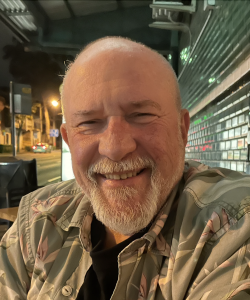
Peter Saxon
“Word was that Spotify were going to launch their new offering in the second half of last year,” says radioinfo’s managing editor Peter Saxon. “but they were beaten to the punch in June by Apple Music, which surprised everyone by converting all their 75+ million catalogue to CD quality or higher, virtually overnight, and at no extra cost to their subscribers who are paying $12.99 per month. This meant that what was arguably the market leader in lossless or Hi-Res music to that point, Tidal, at $23.99 per month, was now charging almost twice as much as Apple for much the same thing.
“I would imagine that Spotify was banking on charging a premium for their new lossless audio tier, more in line with Tidal’s $23.99 for a single user. Inevitably, consumers are going to vote with their wallets, as I have. After two months of comparing the sound quality offered by the two services, I cancelled Spotify.
“What’s more, Apple is offering subscribers a family package for six people, called Apple One that includes Apple Music, Apple TV+, Apple News, Apple Arcade, Apple Fitness and Two Terabytes of Cloud Storage for $40 per month, all up. Averaged out, the six services between six users makes the Apple Music component, alone, less than $1.20 per month, per user.
“Apple, of course, can afford to do this because, as the world’s first trillion-dollar company they dwarf all the other music streamers combined, with potentially only Amazon as a near competitor. They can afford to play a long game as they strive for world dominance – not just in audio streaming, but in a whole digital ecosystem that from hardware to software can penetrate consumers’ lives from morning till night and from cradle to grave.
“At time of writing, Spotify is still the world’s most popular music streaming service with 60 per cent of the market. But the surprise launch of Apple Music has, no doubt, forced them to re-examine their proposed business model which now seems unviable given Apple’s potential to lure subscribers from the competition on pricing alone. And every month that Spotify goes without upgrading its audio quality, it will lose market share that will be harder to regain the longer it stays lossy.
Once all the streamers convert to lossless, there will be little to separate one from the other except price – unless they take a leaf out of the video streamers such as Netflix and Stan where it’s more aboutexclusive content. With the current trend of artists or their heirs selling off their entire works, it could be that music streamers will become more targeted in the type of talent to which they have exclusive rights.
Clearly there’s a problem with the long-term viability of the current business model for streaming companies. While they pay out around 70 percent of their income in royalties, artists complain that, individually, they’re paid a pittance for their work.
Rapper, T-Pain recently worked out how many streams it takes for an artist to earn one dollar from the various streaming platforms.
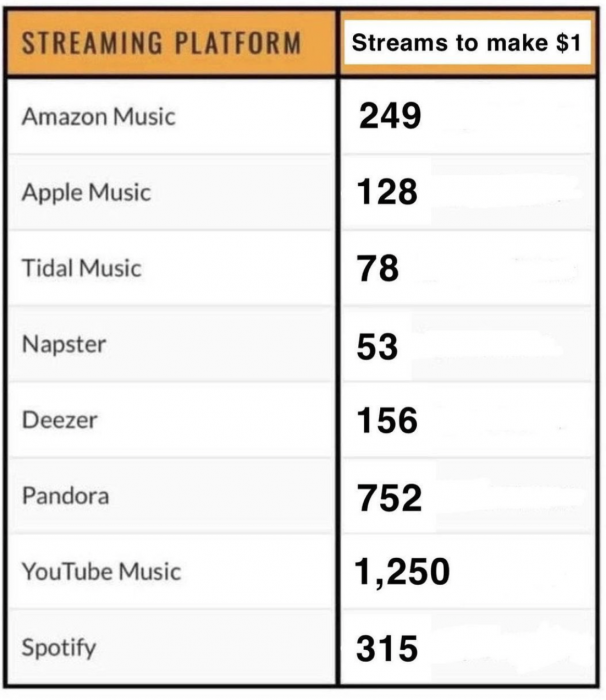
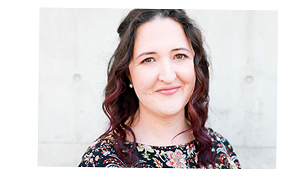

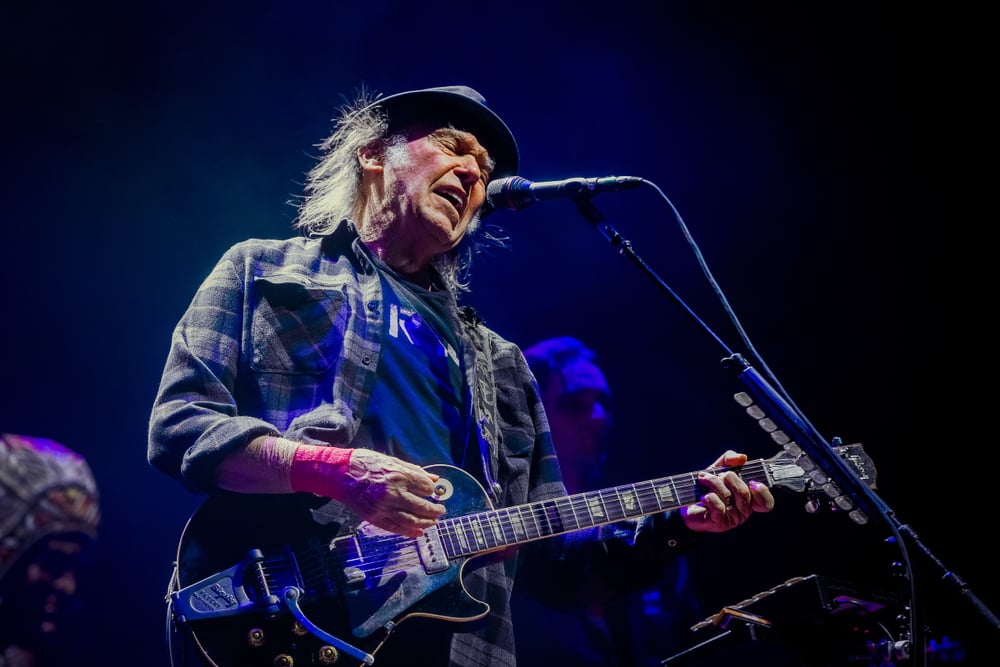
The lossless audio debate is something that's been going on for years. Neil Young doesn't really like CD quality digital audio. Neil Young has only two songs that still receive occasional commercial radio airplay and they're both from his Harvest album. Today, they'd mostly be played on AM Gold stations. Recorded in 1971, it wasn't an example of the best audio quality analog technology eventually had to offer. The early digital CD masters of the album are probably the most accurate copies to the original master tapes that exist today. The master tapes are probably too deteriorated by now for any newer high res remasters to reveal anything new. Neil Young attempted to release his own hi res online download platform attached to a proprietary hardware player he had designed called the Pono. It seems like his venture was a commercial failure. Lossless audio is good for broadcasters because it's good to start with the best quality source material if you can. It protects the audio from deterioration further down the line when lossy compression is likely to be applied in digital broadcasting channels. Having said that though, I have some songs from the Apple Store encoded with AAC at 256kbps that sound better than orginial CD copies of the same songs because the Apple versions were more artfully mastered. Spotify uses the Vorbis audio compression algorithm at varying bitrates upto a maximum of 320kbps depending upon available bandwidth which to the average listener is good enough.